Today my team at Ten Strands and I were pondering the bubble we live in here in the Bay Area. In general, everyone we talk to and work with seems to understand that climate change is a pressing issue that impacts us now and will impact future generations even more severely. It got me wondering why climate change is not as pressing for others across the United States as it is for us.
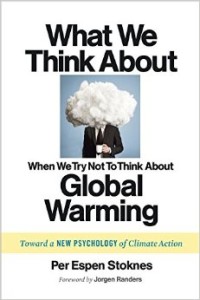 After reading: What We Think About When We Try Not To Think About Global Warming, Toward a New Psychology of Climate Action, by Per Espen Stoknes, I realized that we need to embrace the psychological factors that impede people from taking action to curb climate change.
After reading: What We Think About When We Try Not To Think About Global Warming, Toward a New Psychology of Climate Action, by Per Espen Stoknes, I realized that we need to embrace the psychological factors that impede people from taking action to curb climate change.
Now I’m no psychologist, but it doesn’t take one to see that psychologically the message surrounding climate change has not translated into a mass majority movement in the United States. The first challenge is to find the right word to go along with “climate.” “Change” seems too passive and implies it could be good or bad. “Catastrophe” seems too dramatic. Stoknes proposes “disruption” as just right, and I agree. So, I’ll use “climate disruption” from here on.
Stoknes writes that communication about climate disruption has traditionally been done through DUCS:
- Destruction and Disaster: Environmental groups and scientists perpetuate the idea that the world will come to an end soon if we don’t do something now.
- Uncertainty: Despite overwhelming evidence that humans are to blame, there continues to be a lot of media attention on “climate deniers” and that creates uncertainty on whether or not humans are the cause.
- Costs and high prices: Doing anything about climate disruption will be excessively expensive.
- Sacrifice and loss: We’ll all have to cut back on our lifestyles due to climate disruption.
It’s no wonder so many people are left depressed and don’t take action! The constant drumbeat of facts creates its own numbness. For example, when I hear that hundreds of millions of plastic bottles are thrown away every year, it’s easy for me to think that tossing mine won’t make any difference. This is the opposite reaction to the one we want!
Stoknes describes this phenomenon as the Four Ds: denial, dissonance, doom, and distance (pg. 83).
- Denial: One of our human instincts is to deny that bad things are happening. It’s a filter we apply to help us cope.
- Dissonance: People have conflicting feelings about something so they decide not to act. For example: I know I should recycle that bottle, but there’s no recycle bin near by so I’ll just put it in the trash bin.
- Doom: The feeling of impending doom with nothing to do about it is just plain paralyzing.
- Distance: Climate disruption is so far away for practically all of us in the US that we just can’t be bothered to really care about it (except in coastal places, most notably Miami and the Everglades that are slowly feeling the effects of rising tides and intrusion of seawater into freshwater systems).
These four Ds make sense to me. I know that we humans have evolved to filter out things based on their distance from us. While we’re hard-wired to protect ourselves from imminent destruction (like slamming on the brakes to avoid a collision), we aren’t programmed to react strongly to more distant threats. I’ve wondered when our evolutionary process will get us to that point, and not seeing much progress on that I was glad to read about Stoknes’ call for a new messaging meme. He would replace the refrain I’ve dubbed DUCS with what I’ve acroynimized to “iHOPE” messaging.
With iHOPE, we actually can get excited about taking action against climate disruption since it’s all for our betterment. Take a look:
- Insurance: Doing things to avert climate disaster is just good insurance against the bad things that might.
- Health and well-being: Taking actions that are good for slowing climate disruption happen also to be good for us! Who would argue against clean air and water, fresh food, and clean open spaces for our children to play?
- Opportunities for job growth and innovation: It’s very possible that more jobs will be created in the new energy field than all the jobs lost in the fossil fuel sector. Think of the new innovations that have happened in the recent decade with communication technology that brought us the iPhone and its ilk. Imagine the same thing happening in the energy field as exemplified by Elon Musk! The Tesla, power storage, quick exchange battery packs, the 800 mph super-efficient transport tube!
- Preparedness: Being prepared for the unexpected is something ingrained in us from early childhood. Preparedness increases our sense of safety—no matter what comes, we’re ready. This mindset makes inaction reckless. Once I start thinking about what would happen if something were to occur, then I want to take precautionary steps to be ready for that possibility.
- Ethical imperative: We in the US have an ethical obligation to the world and the next generations to responsibly steward our natural bounty regardless of what others do elsewhere in the world. We as humans are embedded in the web of life, and so we ought to curb emissions in the service of life.
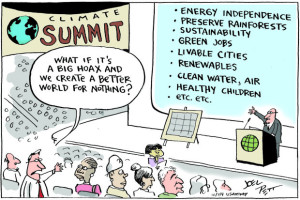
iHOPE resonates with me because I believe in being positive. I think it is imperative to find a message that inspires all people to care about climate disruption, especially those with the power to do something about it. When I taught high school Civics, I brought into the discussion whether the students thought we as humans have a stewardship responsibility to the planet. That concept was too distant, but when I brought it to the level of responsibility for our siblings, our local community, our park, and the air we breathe and food we eat, the interest in taking action skyrocketed. Students got the connection because the example was real, close by, and tangible.
As a psychologist, Stoknes says that we need to create new climate communication with the following attributes—aka the Five Ss:
- Social: Harness the power of social networks. More and more people communicate through networks such as Instagram, Snapchat, Facebook, Twitter, and LinkedIn. Positive climate communications should be all over those!
- Supportive: Employ the power of positive messages. Shaming messages tend to backfire. What we need are positive messages that reinforce positive social norms.
- Simple: Make climate-friendly behavior easy. Reduce dissonance by providing opportunities for consistent and visible action. We need to avoid triggering the emotional need for denial by providing messages that don’t trigger fear, guilt, and self-protection.
- Stories: Tell stories. They can be personal, meaningful, and create community.
- Signals: Get feedback on societal response and adjust the messaging. Make the climate issues feel near, human, personal, and urgent. Humans are built to respond to near-term threats much better than distant ones.
When I started to think of iHOPE, DUCS, and the five Ss in terms of what Ten Strands does, I got excited with the potential and realized that Stoknes is missing out on one key strategy—the opportunity that we have to use the power of the public school system to help students to become the climate-savvy decision makers of the 21st Century. Everything that is needed to avoid the paralysis can be taught in schools. This is one of the many reasons I think environmental literacy is so important.
Environmental literacy can help with this new framing and messaging by teaching students and our future generations to focus on the new message of iHOPE rather than continue to be stuck in DUCS. They can be prepared, rather than fall into denial and inaction.
We at Ten Strands are partnering and strategizing to bring environmental literacy to all of California’s public school students, and the timing couldn’t be better. The Next Generation Science Standards that California has adopted encourage the use of the environment in science lessons. We are ensuring that new science textbooks will include environmental principles and concepts. Additionally, the California Department of Education understands and advocates for environmental literacy. In September 2015, CDE released A Blueprint for Environmental Literacy that lays out the strategies and steps the state must take to ensure its students are environmentally literate. We are working with the state and major stakeholders to develop an action plan for these strategies.
I think that to accelerate the pace at which we embrace iHOPE and the five Ss, we need to harness the public school system and bring climate awareness to every child. As more students are inspired to take action, the message will become more and more positive and a mobilization across our country to find solutions to climate disruption will become a reality. As Jerry Diamond said in Collapse, history is littered with failed societies. Let’s get all the brainpower we can to work on climate disruption so that ours does not contribute to the waste pile.

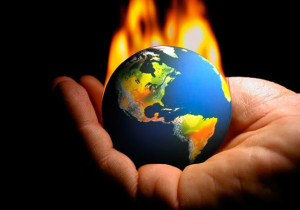
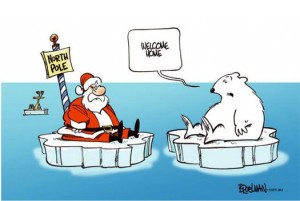
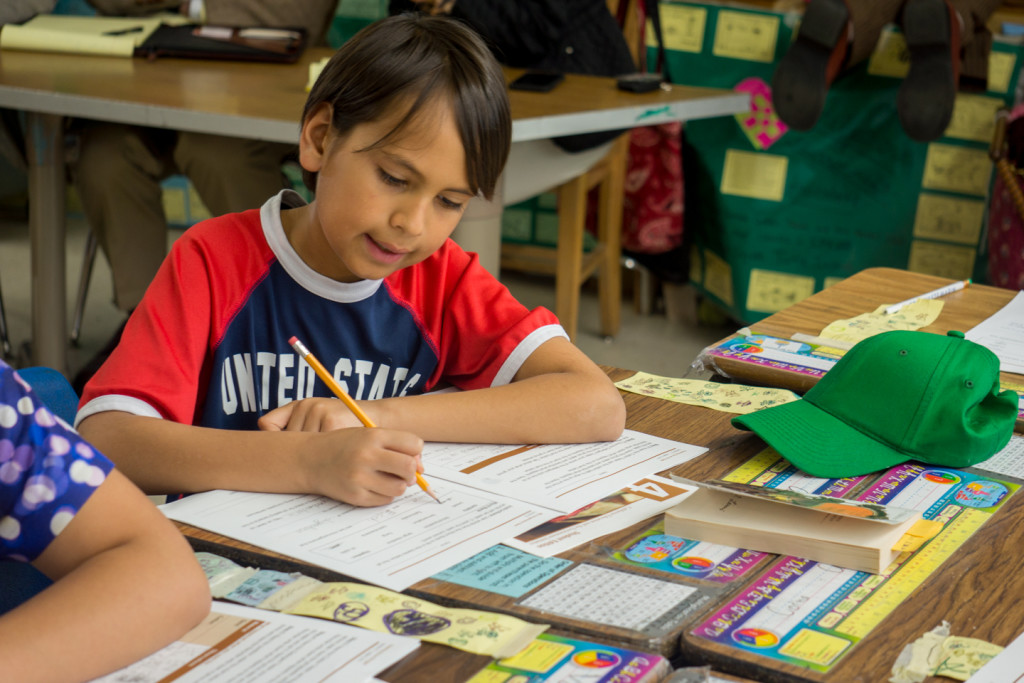
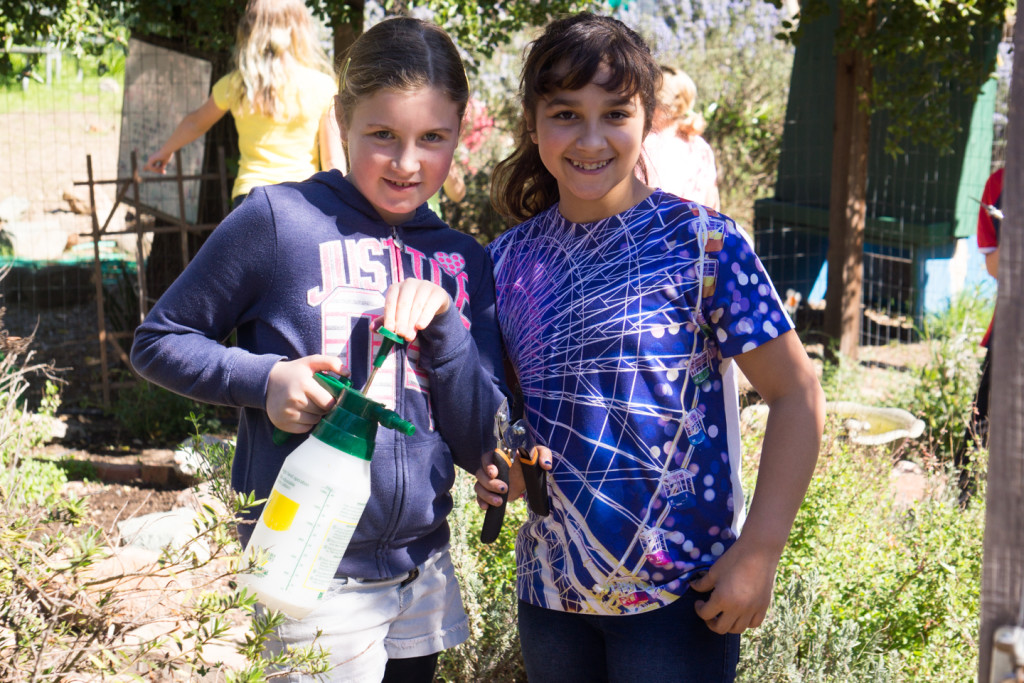
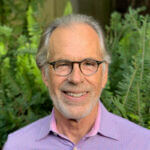
2 Responses
Will, do you know of any infographic versions of the 5 Ds and 5 Ss that are in circulation? I’m a high school teacher and I’d love to be able to explain these quickly and easily to a wide range of kids.
Oh, and when I say “versions” I mean either to communicate _about_ OR _using_ those psychological strategies. Thanks!